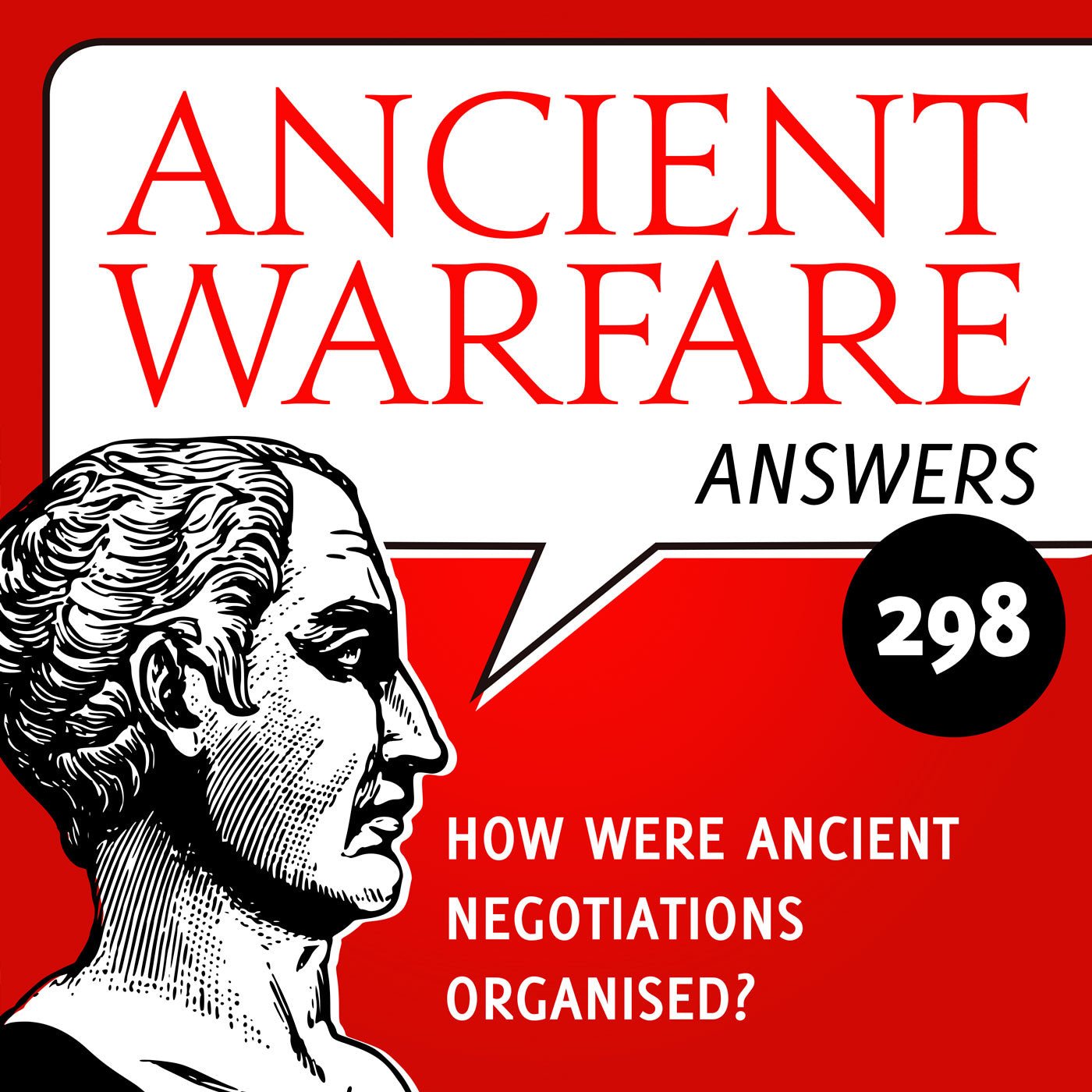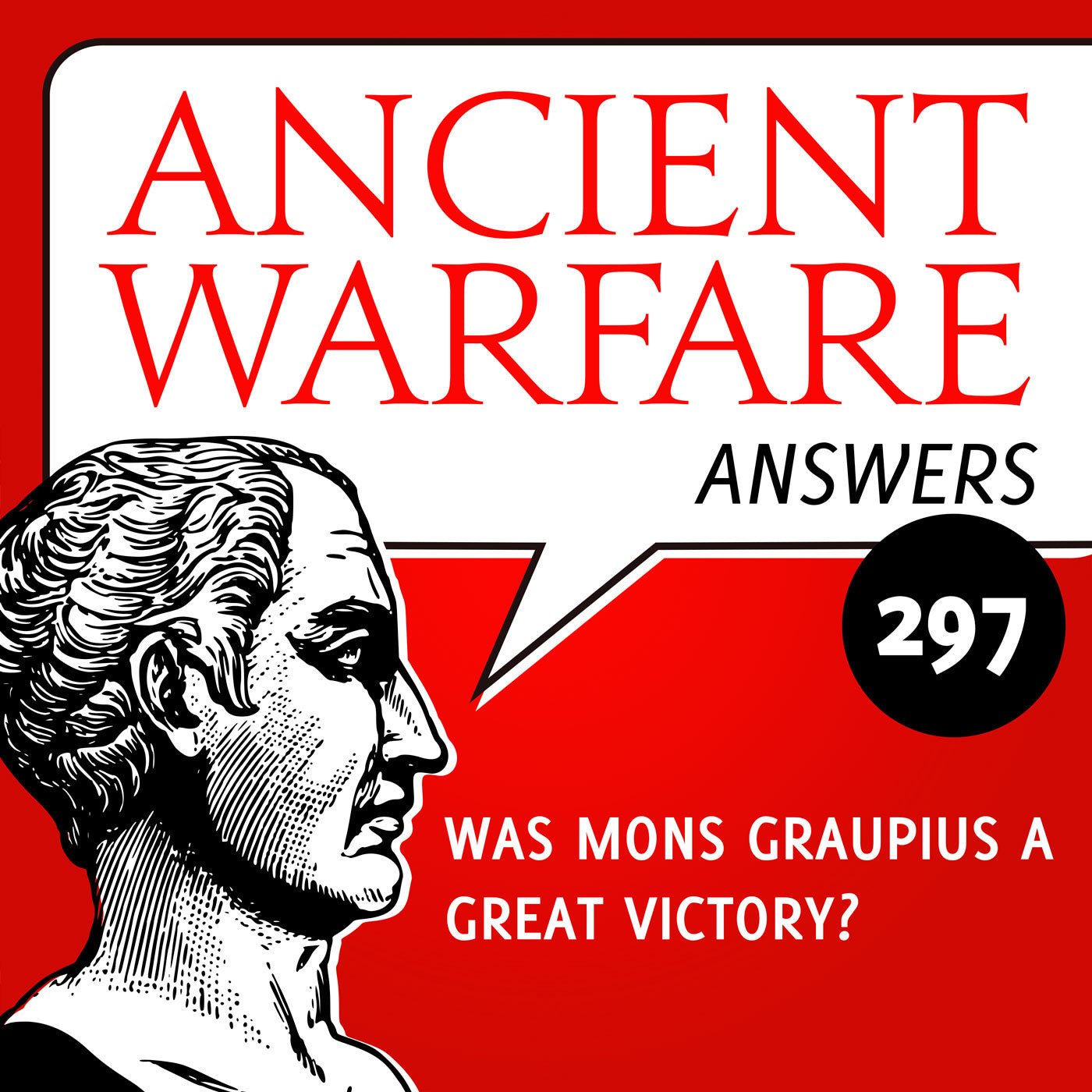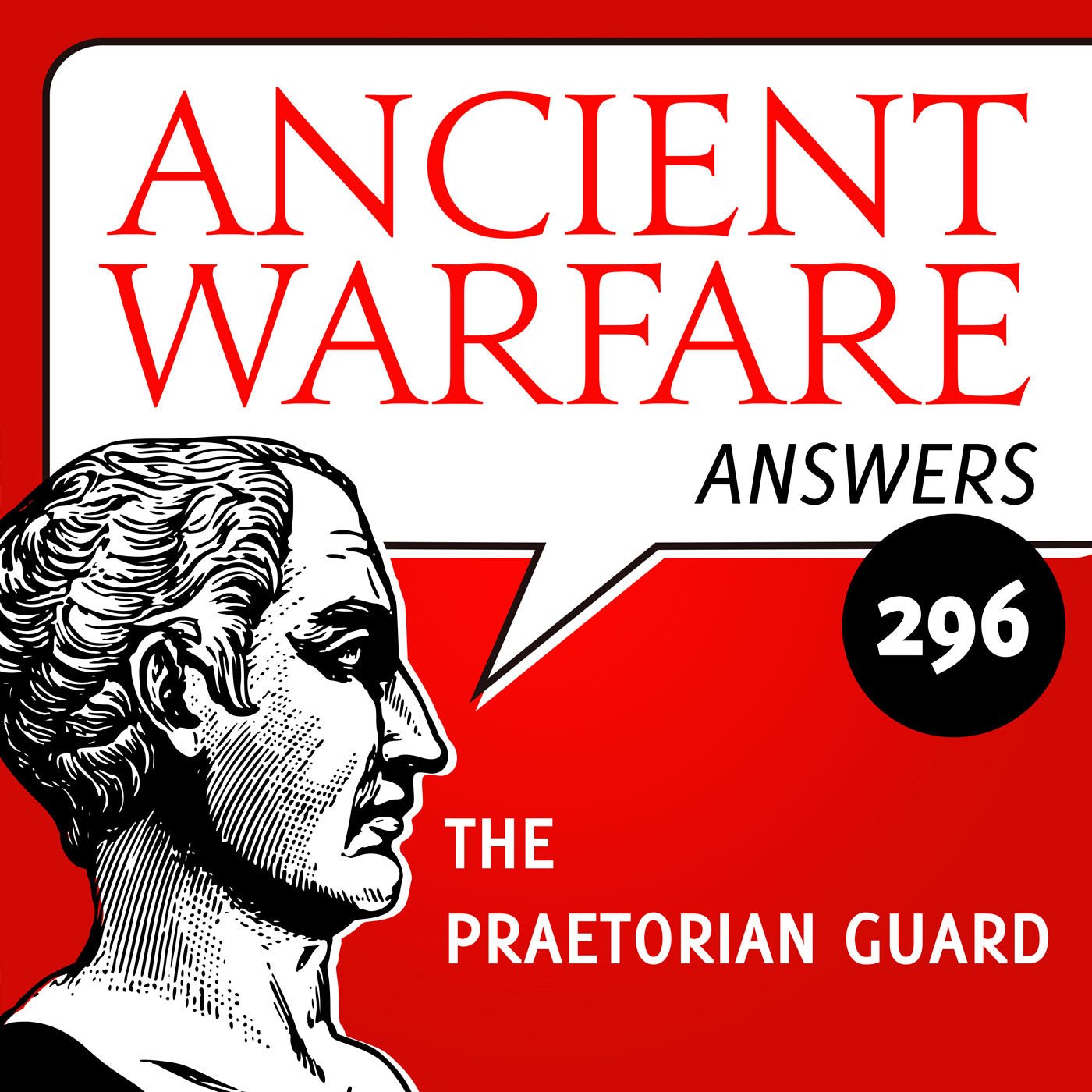Romans at the Open Air Museum
Yesterday, I visited the Dutch Open Air Museum for a family birthday, like you do. It's very well-done if you're interested in folklore, daily life, building techniques and all that. They recently introduced the 'Canon of the Netherlands', showing Dutch history in ten 'windows' on main events and daily life. That necessarily gives a bit of a disjointed view, but three short and snappy videos provide a good overview of the development of regional, national and international connections, frontiers and the geography of the country. All that's fine and good, you'll say, but what does that have to do with Ancient Warfare?
The 'windows' on history weren't all videos and interactive displays, but had small displays with selections from the collection of the Rijksmuseum and the National Museum of Antiquities. As it happened, the Roman era was illustrated with a few interesting Roman military items. Since I wasn't expecting to see anything like this, the photos are just off the cuff iPhone shots, so please bear with me...

First off, a bronze Coolus helmet missing the brow-band and cheekpieces. According to the museum, this should be dated to the latter half of the second century AD, but BC 50 to AD 50 seems more likely to me.

Blade of a Roman spatha, the longsword originally for cavalry soldiers and later adopted by infantry as well. It's dated to AD 15-75 and was found at the castellum of Fectio, near Utrecht (NL). That combined points to use by a cavalry unit.

Roman cavalry harness decorations can be found all along the Dutch part of the Roman limes. This roundel and its pendant come from Renkum, west of Arnhem. The combination dates to the first century AD.

Second century spearpoint from Valkenburg (NL). The museum description suggested it used to be fitted to a thrusting spear, but it diminutive size suggests the thrown variety.

It's not strictly military, but this toy wooden sword, dated to AD 100-400 may have been used to train a future soldier. After all, both the legions and auxiliary units started to recruit in the direct environs of their bases from the late 1st century.
All in all, an unexpected encounter in a museum I already enjoy. If you'd like to read more about the Roman era in the Netherlands, Jona Lendering and Arjan Bosman's Edge of Empire is highly recommended.




